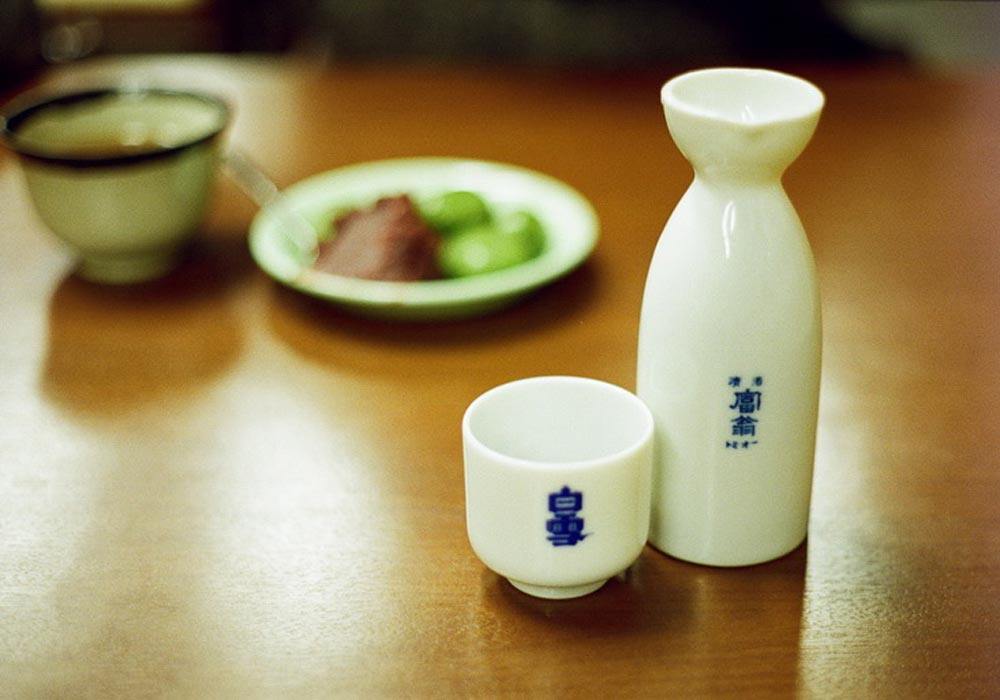After a long slide in popularity, from the 1980s until the early 2000s, sake is now making a huge comeback in Japan. (In modern English, the word is no longer written with an accent mark, and is pronounced to rhyme with the words “ha,” and “say,” with emphasis on the first syllable).
Internationally, sake is finally taking hold in Europe, the U.S. and other parts of Asia as a favorite offering in top-notch restaurants. Chinese historical records note that the Japanese were brewing and drinking sake as early as the Third Century.
There are many reasons behind this rekindled interest in Japan’s most traditional alcoholic beverage, but the primary one is the 2011 tsunami and earthquake in the Fukushima region. Because the hard-hit region is the center of the sake brewing industry, citizens all over Japan decided to do whatever they could to revive the local industry.
What is Sake and Why Does it Taste So Good?
Sake is a special kind of wine with a rather high alcohol content (between 15 and 20 percent) that is brewed like beer. The fermenting process that converts starch to sugar, and then sugar to alcohol, takes place all at once.
The source ingredient in this ancient mixture is polished rice, and the end result is a fruity tasting drink that can be taken hot, cold or at room temperature. For scientific reasons, sake is officially classified as wine, and like wine it comes in endless varieties of taste, quality and price.
At the same time, and purely by coincidence, sake began to make big inroads in the cuisine of nations outside Japan. In France, Italy, and the U.S., it is now commonplace for high-end restaurants to offer sake with meals, alongside more traditional wines and hard liquors. It is usually served in ceramic tumblers or special containers make from glass, wood, and other substances.
Amazing Sake Factoids
- The ancient fermented rice wine is Japan’s official national beverage.
- The drink that Westerners call “sake,” is called “nihonshu” or “seishu” by the Japanese. In fact, Japanese people use the word “sake” to refer to any alcoholic beverage.
- Cheap, low-grade sake is usually served very warm to disguise its bad flavor.
- There are sakes for all occasions: weddings, business openings, funerals, birth celebrations, engagement parties, christenings, and more.
- Water quality is a key concern among sake brewers. Usually, very pure well water or water from underground streams is used in the process.
- Because sake is both fermented and brewed, it is actually more closely related to beer than to wine.
- Premium-grade sake has less than 10 percent alcohol and no seasonings added. Lower-grade versions contain more than 10 percent alcohol and do contain seasonings.
- Rice used in sake is polished to remove its bran coating. The amount of polishing that takes place determines the final quality of the brewed beverage.
- A 720 ml bottle of sake varies greatly in price, which is largely determined by quality. Prices range from a low of $7 to a high of about $50.
- Young people in modern Japan often drink a cloudy/white version of sake called nigori. It is unfiltered and sold as either “sparkling,” or “creamy.” Nigori is much cheaper than regular-grade sake.
- Sake can be served in a temperature range from 5°C to 55°C, depending on the quality of the brew, the occasion and the drinker’s preference.
- Because Japanese cuisine is seeing a steady increase in popularity all over the world, sake is going along for the ride. Since 2001, Japanese sake exports have increased 150 percent, from 7 million liters to 18 million liters.
- The ever-popular bar drink known as the “sake bomb” is made by adding a shot of sake to a glass of beer. Not for the faint of heart but wildly popular in the U.S., Japan, Europe and Russia, the bomb is aptly named.
The Future of Sake
The “sake revival,” as Japanese media refers to the new trend, has already bumped domestic consumption of the beverage by about 30 percent since 2011. For a drink that has been around for nearly 1,800 years, a modern-day comeback is something to celebrate. It is even becoming common for amateurs to try their hand at homemade sake in Japan and the U.S. as the hobby of micro-brewing continues to gain traction.
Sake, like the rice from which it is brewed, is part of the cultural fabric of Japan, and will likely survive as a national beverage for many more centuries. For a thorough rundown on sake’s history, brewing methods and recipes, see the Sake Handbook.

